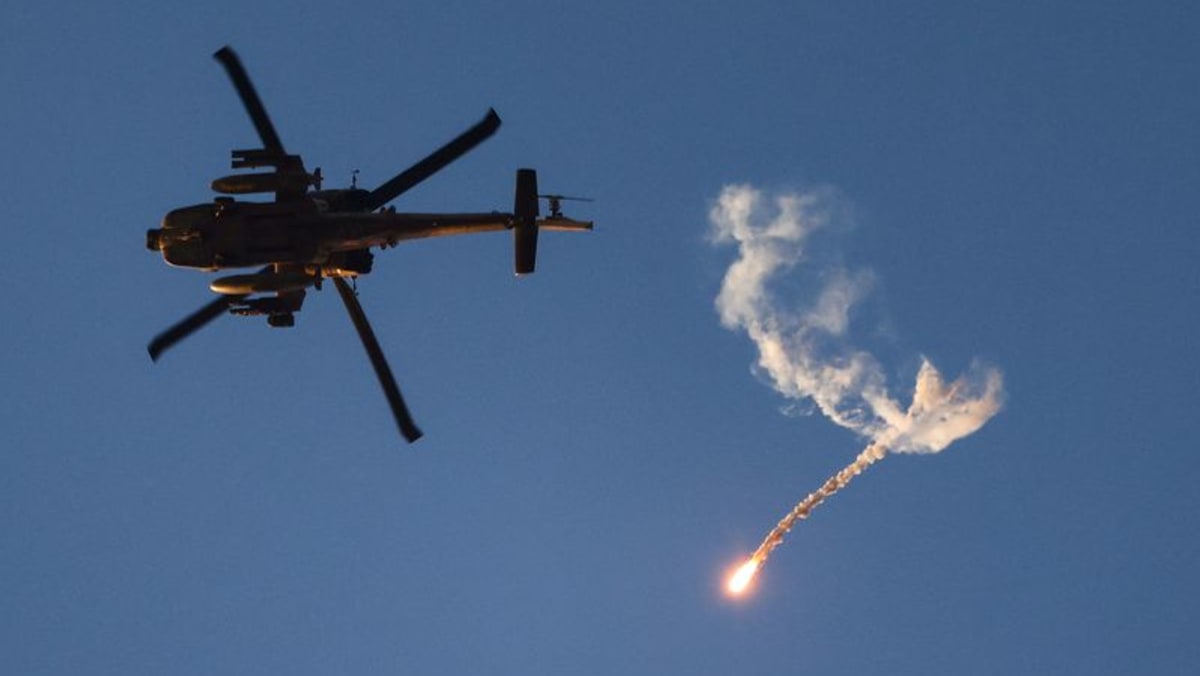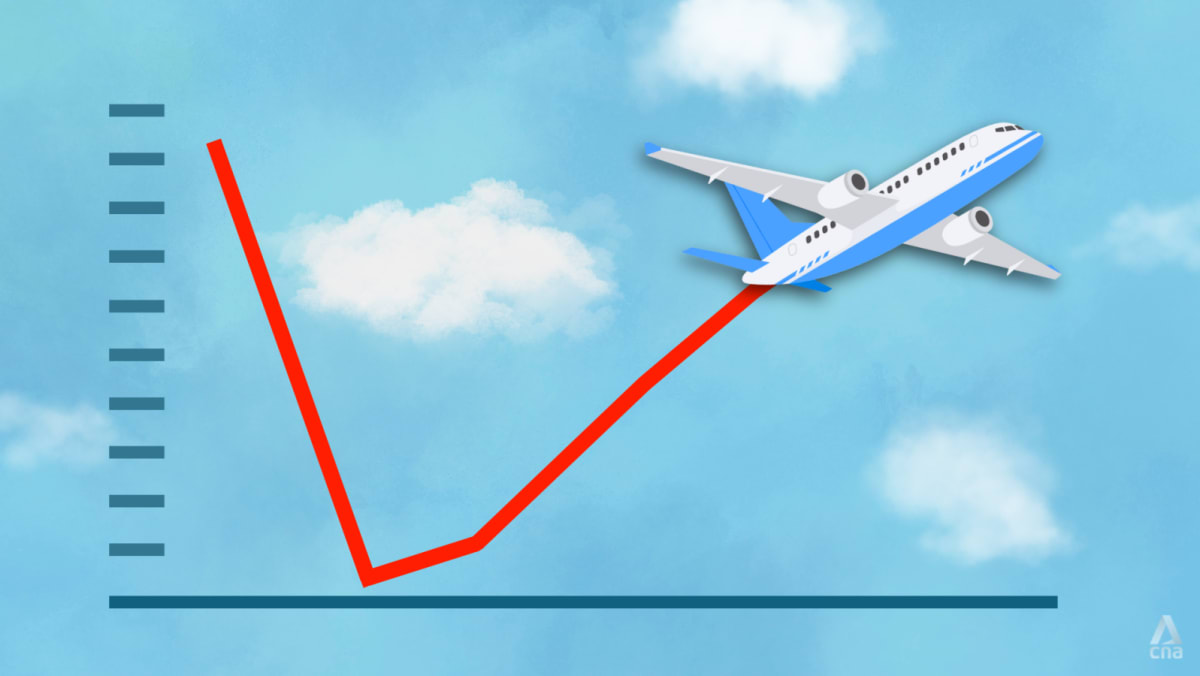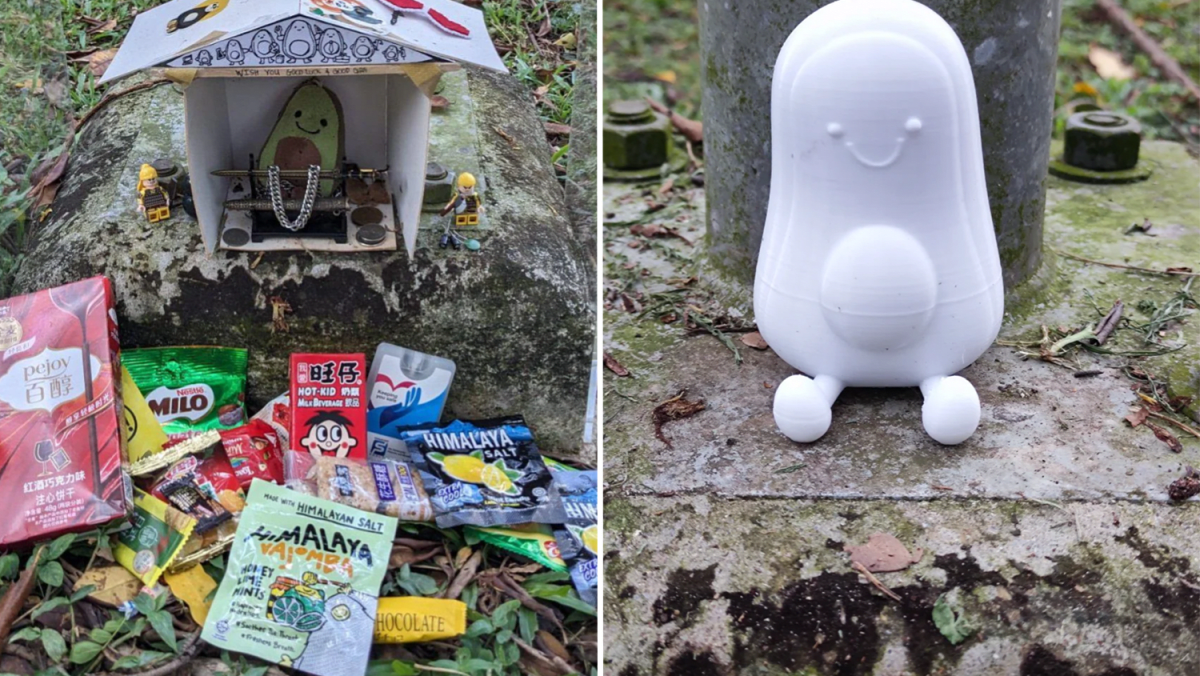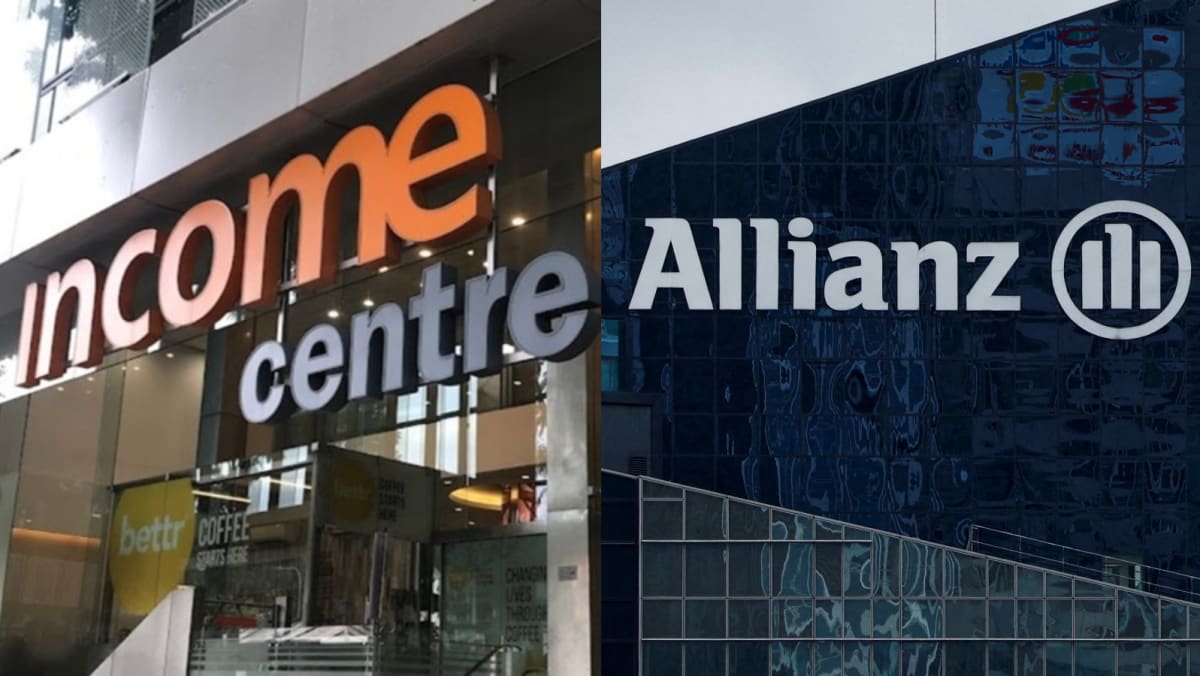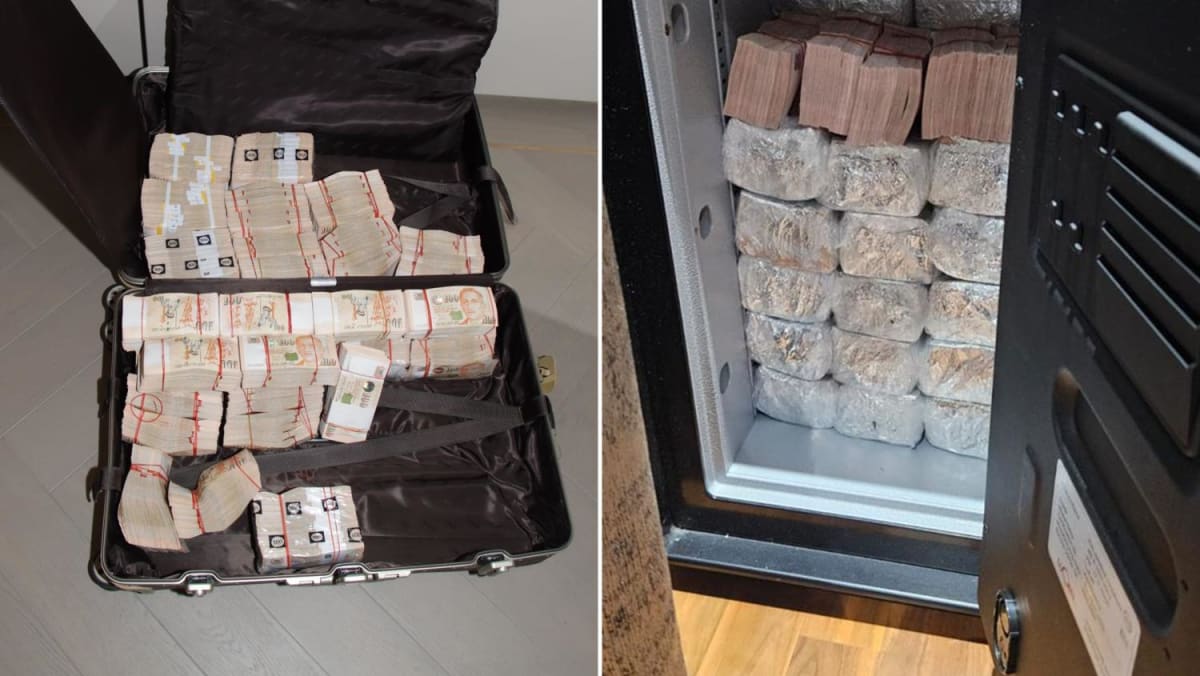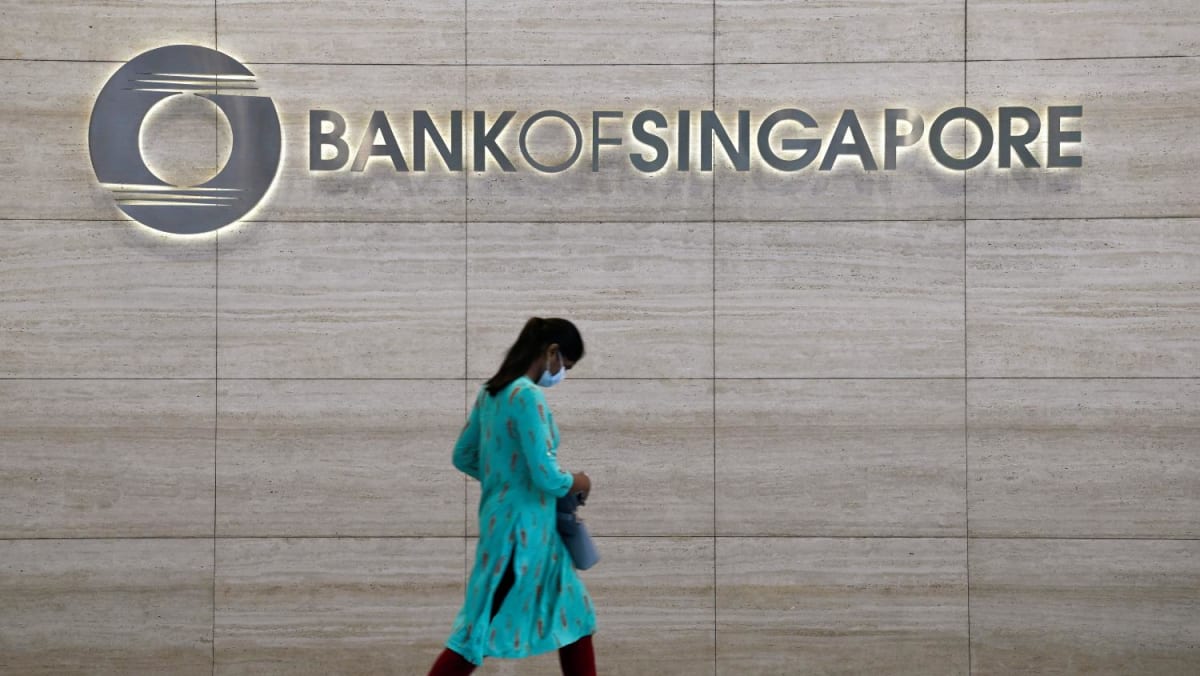SINGAPORE: The greatest challenge in its existence. That was how Singapore Airlines’ chief executive Goh Choon Phong described the COVID-19 pandemic in a staff memo in early 2020.
That year, the national carrier, along with other airlines worldwide, was forced into grounding flights, enforcing hefty pay cuts and as a last resort, furloughing employees as the sector was ravaged by a once-in-a-generation event.
But more than four years on, it would appear that this grave challenge has been met with aplomb.
With demand for air travel roaring back with a vengeance, Singapore’s airline industry – comprising SIA and low-cost carriers Scoot and Jetstar Asia – now sings a different tune.
From experiencing its first full-year loss in history during the pandemic, SIA in May reported a record profit of S$2.68 billion (US$1.99 billion) for the fiscal year ended March 2024. The reward? A bonus of almost eight months’ salary for staff.
For Scoot, signs of growth were evident when it received the first two of nine Embraer aircraft in April, with CEO Leslie Thng noting that this “reflects our confidence in the demand for air travel”.
Jetstar Asia, meanwhile, expects passenger capacity to exceed pre-COVID levels by the end of 2024. A spokesperson told CNA the airline will continue to focus on expanding its network of routes, increasing fleet numbers and recruiting more manpower.
“We’re excited about what lies ahead,” the spokesperson said.
But it’s not all clear skies.
SIA Group’s financial statement in May gave some clues, pointing to increased competition from other airlines possibly leading to reduced revenue.
“The airline industry continues to face challenges including rising geopolitical tensions, an uncertain macroeconomic climate, supply chain constraints and high inflation in many parts of the world,” the group – which comprises SIA and Scoot – further cautioned.
Some of these came to bear last month when Scoot cancelled several flights citing a “variety of operational reasons”, which included “supply chain issues”.
Experts added that the loss of skilled manpower during the pandemic could have contributed as well.
SIA also ran into issues of its own when flights to three Chinese cities were suspended in April, which analysts attributed to regulatory issues stemming from Beijing prioritising the recovery of its local airlines.
And so while signs of growth paint an optimistic picture of the industry, they are also a consequence of limited supply – of flights and seats – leading to airlines charging higher prices amid increased demand, said Mr Alan Lim, director of Alton Aviation Consultancy.
“We expect that there will be a reversion to the long-term mean in terms of financial performance,” he added, as other experts warned of a potential erosion of profit.

